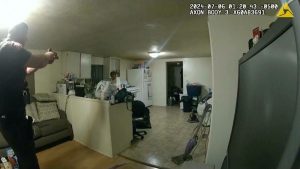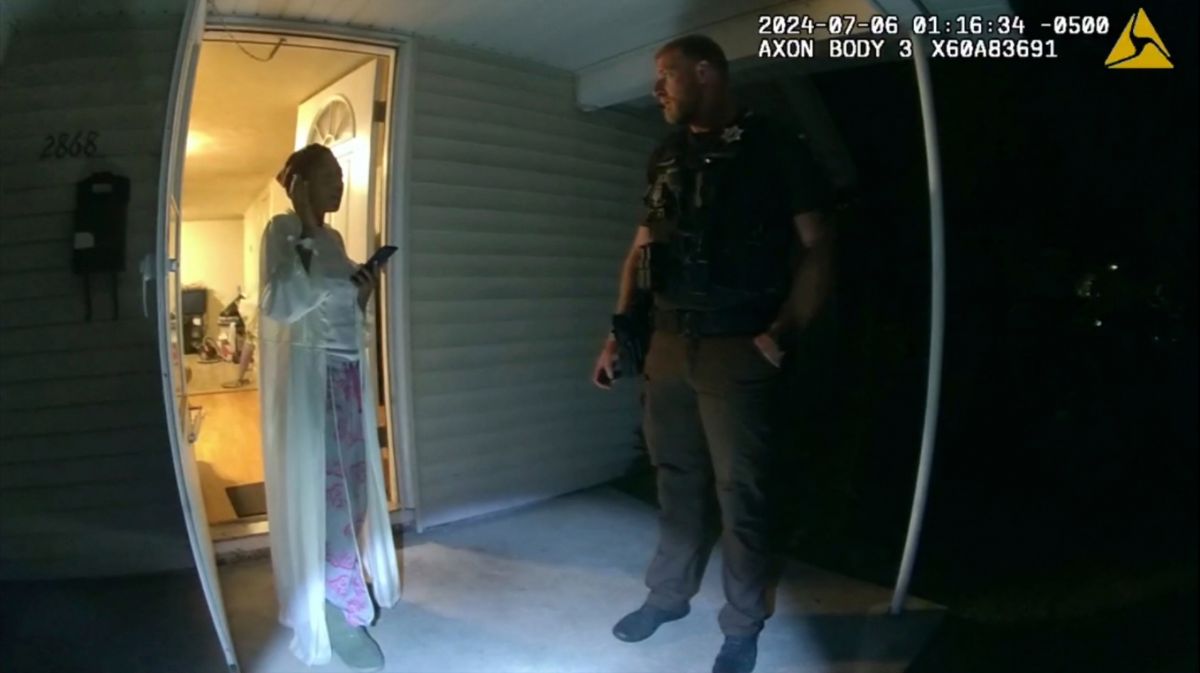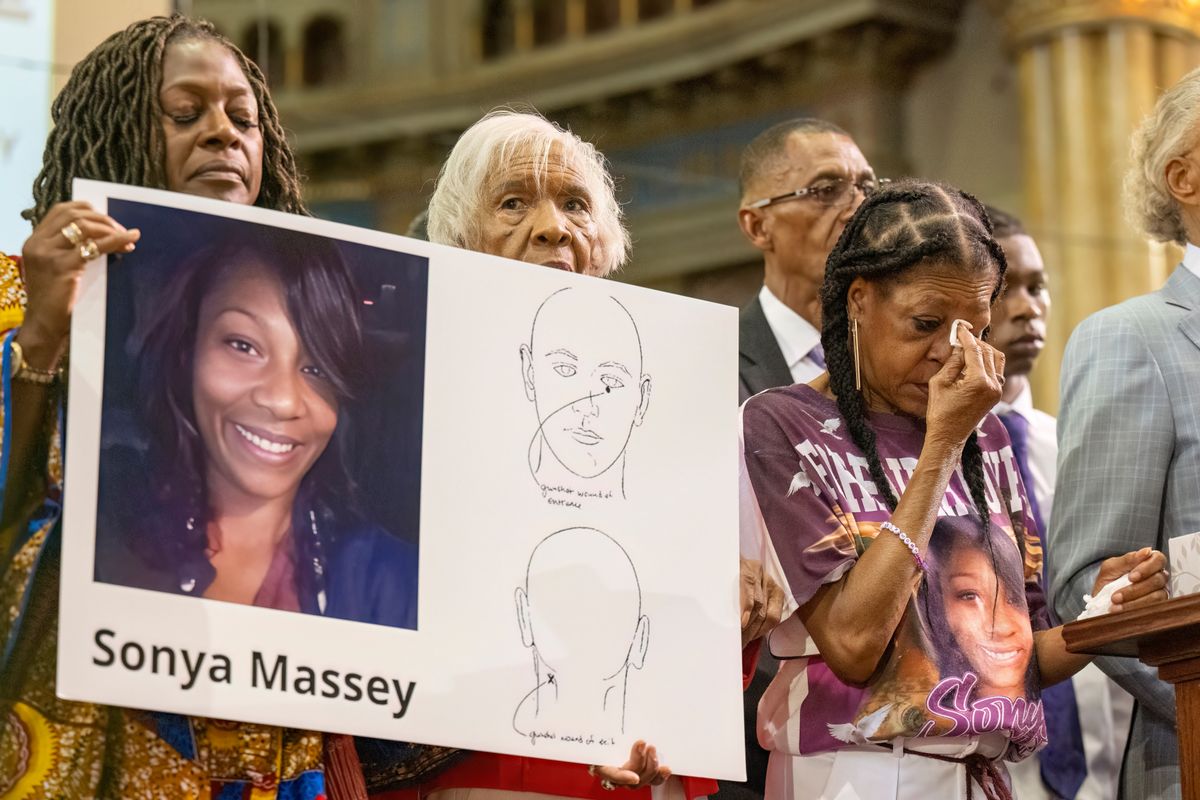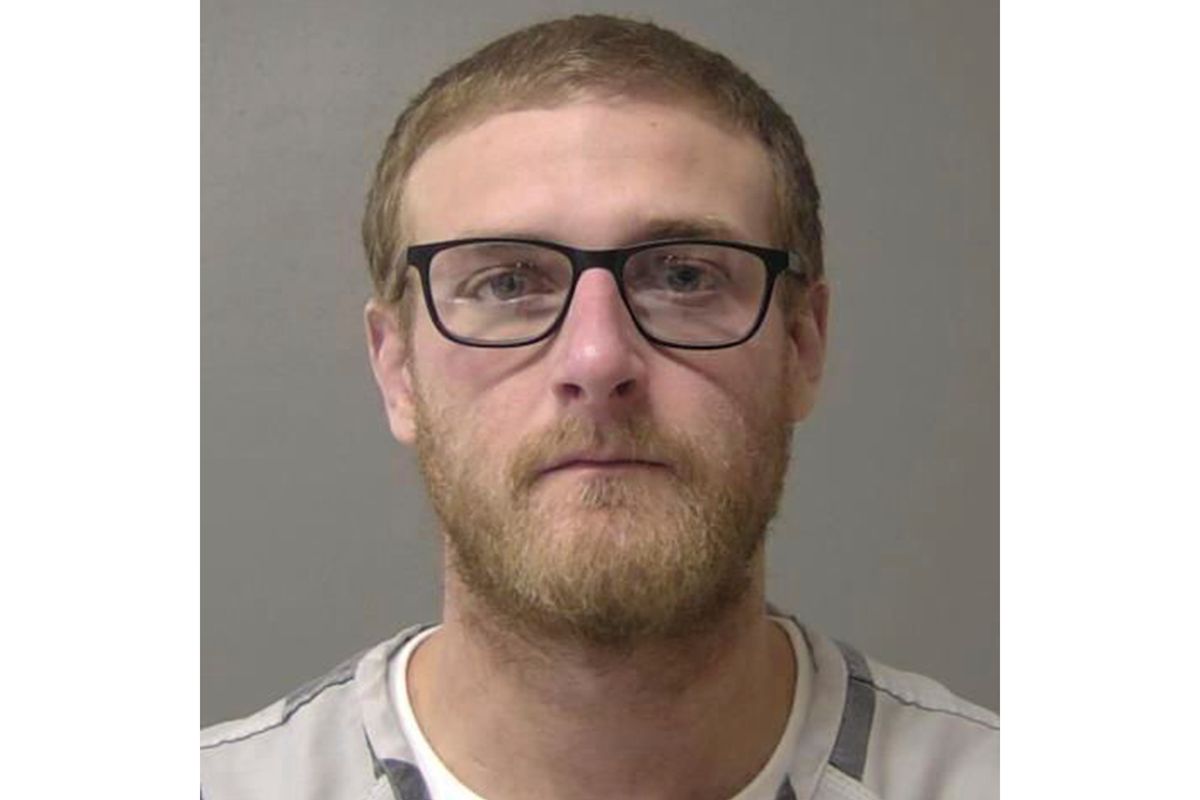PEORIA, Ill. (AP) — A jury was seated Monday in the murder trial of an Illinois sheriff’s deputy charged with killing Sonya Massey, a Black woman shot in her home last year after calling police for help.
Opening statements are scheduled for Wednesday in the case against Sean Grayson after a jury of 10 women and five men, including three alternates, was chosen.
Grayson 31, an ex-Sangamon County Sheriff’s deputy, responding to a call about a suspected prowler, fired on the 36-year-old Massey in her Springfield home early on July 6, 2024, after confronting her about how she was handling a pan of hot water Grayson had ordered removed from her stove.
Massey’s killing raised new questions about U.S. law enforcement shootings of Black people in their homes and it prompted a change in Illinois law requiring fuller transparency on the background of candidates for law enforcement jobs.
Security was tight at the courthouse, including snipers on rooftops around the perimeter. A protest attracted demonstrators holding signs, some of which read, “The People Demand: End Police Terror” and “United Now Against Racial Violence.”
The jury chosen from four dozen prospects who were asked about their attitudes toward law enforcement. Sangamon County State’s Attorney John Milhiser probed potential jurors about whether Grayson’s status as a police officer would affect their ability to deliver a guilty verdict; a handful said it would.
No one raised a hand when Milhiser asked if police officers should be free to use unchecked levels of force. The defense likely will argue that Grayson was justified in his use of force because of the pan of hot water Massey held.
Defense attorney Dan Fultz gauged panel members’ comfort level in acquitting the officer and questioned their willingness to serve, their outside obligations and how those distractions would affect their focus.
Here’s what to know about the case.
Trial relocated due to national attention
In addition to first-degree murder, Grayson is charged with aggravated battery with a firearm and official misconduct. He has pleaded not guilty.
Widespread attention on Grayson’s shooting of Massey prompted Sangamon County Circuit Judge Ryan Cadagin to move the trial from Springfield, 200 miles (322 kilometers) southwest of Chicago. Jurors will instead come from Peoria and surrounding areas, an hour’s drive north, and will hear the case in their local courthouse.
Grayson, who is white, faces a sentence of 45 years to life in prison if convicted of first-degree murder.
Body camera footage shows the shooting
After Grayson and another deputy checked the area around Massey’s house, body camera video shows Grayson knocked on her door to report they had found nothing suspicious. He entered the house to obtain details for a report, noticed a pan on the stove and ordered its removal. Massey picked it up.
She laughingly asked Grayson why he was backing away. He said he was trying to avoid the “hot, steaming water.” Massey responded, “I rebuke you in the name of Jesus.” Grayson wrote in an incident report, “I interpreted this to mean she was going to kill me.”
According to body camera video, Grayson pulled his pistol and yelled at Massey to drop the pot. She apologized then put the pan down and ducked behind a counter, but in the confusion, as Grayson yelled, it appears she picked it up again. Grayson fired three times, hitting Massey once just below the left eye.
Massey’s family had sought mental health care
Massey, a single mother of two teenagers, was beset by mental health problems. When she answered Grayson’s knock minutes before the shooting, she said, “Don’t hurt me,” and then, as she was questioned and Grayson asked her if she was all right, she repeatedly said, “Please God.”
Earlier that same week, Sonya Massey had admitted herself to a 30-day inpatient mental health program in St. Louis but returned two days later without explanation.
County records indicate that in the days leading up to the shooting, three 911 calls were made by Massey or on her behalf. In one, her mother, Donna Massey, told authorities her daughter was suffering a “mental breakdown.” Donna Massey also told the dispatcher, “I don’t want you guys to hurt her.”
Grayson wasn’t aware of the calls or Massey’s background. County officials have since said there’s no practical way communicate such information to officers responding to emergency calls.
The deputy’s history prompted Illinois reform
Grayson was arrested 11 days after killing Massey and fired from the sheriff’s department.
As his background was scrutinized, Massey’s family and others questioned why Grayson, who had been a Sangamon County deputy sheriff for 14 months, had been hired.
In his early 20s, he was kicked out of the Army for a drunken-driving arrest in which he had a weapon in his car. He was convicted of a second DUI within a year.
Before joining the Sangamon County Sheriff’s Department, Grayson had four policing jobs in six years — the first three of which were part-time.
There was no indication Grayson had been fired from any job, but evaluations from past employers documented concerns about him. One department reported that while Grayson worked hard and had a good attitude, he struggled with report writing, was “not great with evidence — left items laying around office” and was “a bragger.”
Jack Campbell, the Sangamon County sheriff, was forced to retire six weeks after the shooting. He insisted though that none of Grayson’s issues disqualified him from working as a deputy.
In August, Illinois Gov. JB Pritzker signed a law requiring that prospective police officers permit the release of all personal and employment background records to any law enforcement agency considering hiring them. Legislative sponsors of the measure acknowledged it doesn’t prevent candidates with checkered paths from being hired but provides greater transparency.
By JOHN O’CONNOR
Associated Press




